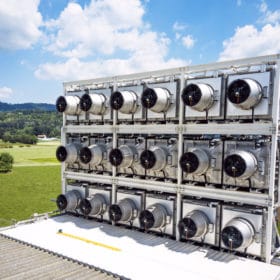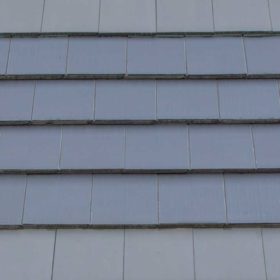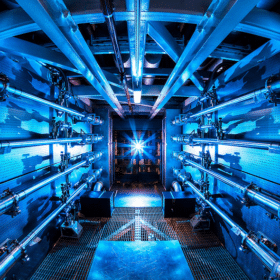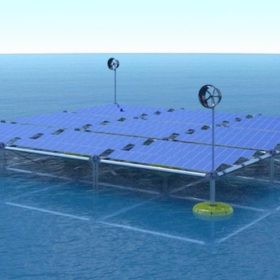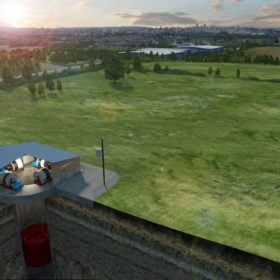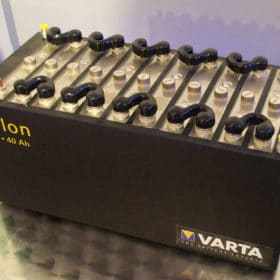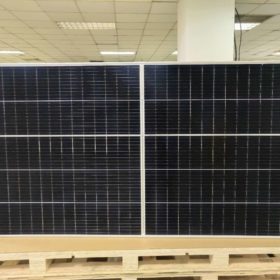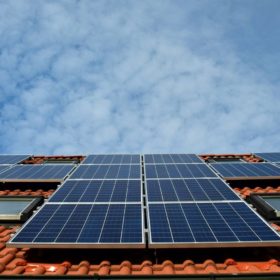Updated: A roundup of venture capital funding in clean energy
Batteries have won the lion’s share of recent cleantech venture capital — but here are some recent funding rounds for fusion, graphene, electrical panels, circuit breakers, geothermal drilling and direct-air capture of CO2.
Job Moves at ABB, Energy Impact Partners, SolarEdge, Enel X, Solaria, Engie, Nexamp, Eos, EEI
Executive and boardroom moves in solar, storage, cleantech, utilities and energy VC.
Morning Brief: Environmental groups confront racist past, speak out against institutional prejudice
Also in the brief: Temporary victory for solar in Arkansas, UK went without coal in May, House Democratic leadership is prepping legislation that includes $34.3 billion for clean energy, Nearmap launches its new AI areial imaging software.
Climeworks just raised $75M to pull CO2 out of the atmosphere
Direct-air capture, along with its mythic sisters, clean coal and carbon capture and sequestration, is a process where CO2 from fossil generators and industrial sources is captured, treated and injected into underground earth formations for permanent storage or for industrial use.
A 17.5%-efficient PV tile for building-integrated solar rooftops
Roof Tiles Technology of the U.K. has developed a solar tile with a claimed efficiency of 17.5% and power output of 175 W per square meter. The company’s founder, Antonio Lanzoni, said a PV system featuring the product would cost 25% to 30% more than a standard solar rooftop.
Morning Brief: Nuclear fusion startup raises $84 million from Temasek and Equinor
Also in the brief: Green hydrogen in Denmark, North Dakota solar on tribal lands, Lime Rock New Energy raises $600 million in growth equity focused on renewable energy tech.
Startup wants to put solar arrays on wave energy generators, along with wind turbines
Sinn Power of Gauting, Germany combines wave, wind and solar power for the “first floating ocean hybrid platform.”
Storing wind and solar with new gravity-based system
Scottish start-up Gravitricity is planning a project to store surplus power from renewables at Port of Leith. A 250 kW, grid-connected prototype facility will have its ability to stabilize the network tested. The system involves a 50-foot rig over a 500 to 5,000 foot shaft.
Lithium-ion storage is here to stay with no ‘post Li-ion’ era in sight
A German-Israeli research group has gathered to discuss which storage technologies may outperform lithium-ion batteries in the future. They concluded that there is no such a thing as a “post Li‐ion” era in sight. They recommended a “side‐by‐side” approach for multiple technologies in different applications, as well as the hybridization of technologies.
Trina’s new solar module confirmed at 515.8 W output, roadmap set for 600 W
Trina Solar has been manufacturing its 500 W modules for a month now and plans to increase module output to more than 600 W in the future.



